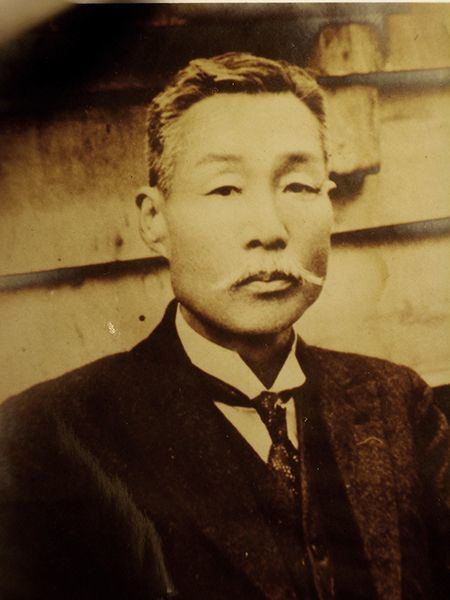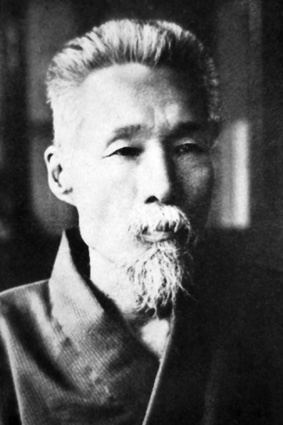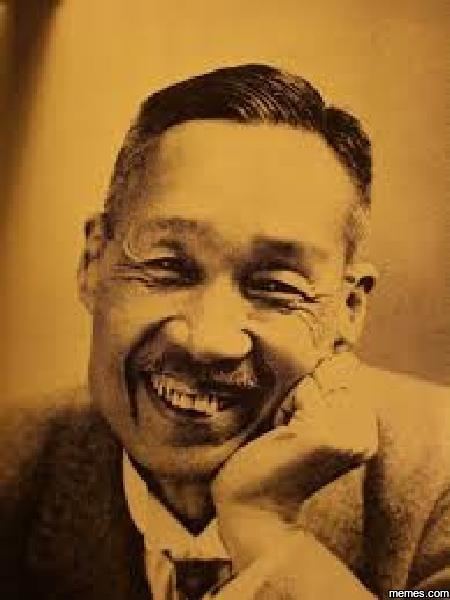Name Shoma Morita Died 1938 | ||
Books Morita Therapy and the True Nature of Anxiety-Based Disorders (Shinkeishitsu) | ||
Shoma Morita
This is a page on the advancement of Constructive Living. This is not a valid or reliable scholarly source on Shoma Morita, the founder of Morita therapy.
Contents

Morita Masatake (1874-1938), also read as Morita Shoma (森田 正馬), was a contemporary of Sigmund Freud and the founder of Morita therapy, a branch of clinical psychology strongly influenced by Zen Buddhism. In his capacity as the head of psychiatry for a large Tokyo hospital, Morita began developing his methods while working with sufferers of shinkeishitsu, or anxiety disorders with a hypochondriac base.

Theory and methods

According to Morita, how a person feels is important as a sensation and as an indicator for the present moment, but is uncontrollable: we don't create feelings, feelings happen to us. Since feelings do not cause our behavior, we can coexist with unpleasant feelings while still taking constructive action.

The essence of Morita's method maybe summarized in three rules: Accept all your feelings, know your purpose(s), and do what needs to be done. When once asked what shy people should do, Morita replied, "Sweat."
Karen Horney, an American psychologist, acknowledged the usefulness of Morita's techniques as did, by extension, Albert Ellis. Perhaps most notable of Morita's followers is David K. Reynolds. Dr. Reynolds synthesized parts of Morita therapy along with the practice of Naikan into Constructive Living, an educational method intended for English speaking Westerners. Constructive Living has since become extremely popular in Japan. Fritz Perls spent a week in a Morita Hospital in Japan.
